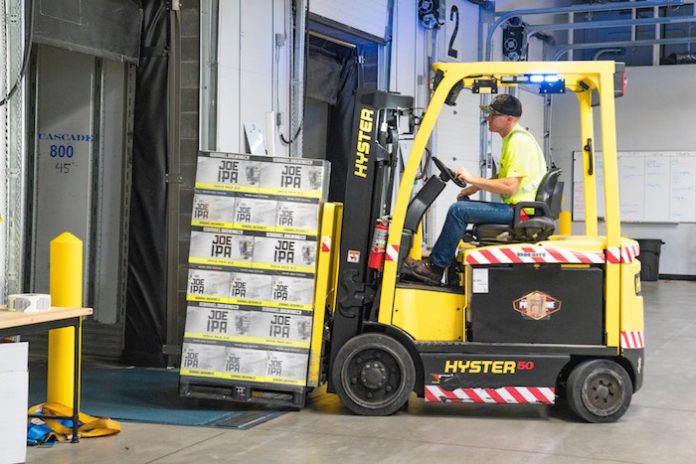When it comes to shipping perishable items or items easily damaged by hot and cold temperature extremes, you need temperature-controlled shipping. But if you’re thinking you can just load your items onto a refrigerated truck and that will be the end of it, think again. Temperature-sensitive shipments need the right packaging, the right carrier, and above all, the right shipping timeline to keep them in good condition throughout their journey along the supply chain.
Packaging for temperature-sensitive shipments can include corrugated boxes and cushioning materials like packing peanuts or bubble wrap, but it also includes insulation and warming or cooling packs to regulate the temperature inside the package. Depending on what you’re shipping, you might need to adhere to federal guidelines for shipping hazardous materials. This can be true even if the most dangerous part of your package is the dry ice you’ve included to keep it cool, and it’s part of the reason why choosing the right carrier is so important when you’re shipping temperature-sensitive items.
You Might Be Surprised at What’s Considered Temperature-Sensitive
Perishable foodstuffs and biological materials aren’t the only things that require temperature control during shipment. All kinds of things can suffer damage from exposure to temperature extremes. Lipsticks, eyeliner pencils, and other cosmetic products can melt. Electronics and computers can sustain damage when exposed to high temperatures, even if they’re not being used at the time. Works of art, nutritional supplements, dyes and inks, glues, pastes, paints, and, of course, live plants and animals can all suffer. Make sure you know how extremely hot or cold temperatures will affect your shipments — don’t assume they won’t.
Use the Right Packaging
You should always use new packaging materials for every shipment — items like cardboard boxes, packing peanuts, and bubble wrap aren’t designed to maintain their structural integrity through multiple uses. In addition to the standard packaging materials you’ll need to protect your items from impact and vibration damage, you’ll also need packaging solutions to maintain the temperature of your packages and monitor that temperature throughout shipping. These can include gel packs or dry ice to maintain a consistent internal temperature in your packages. If you choose dry ice, though, you’ll have to comply with regulations for shipping dry ice.
In addition to temperature control solutions that go inside your packaging, you might need some external protections, too. For example, you could use thermal blankets to protect shipments from the extremely high temperatures found on airport tarmacs. And, of course, you’ll need to use a temperature indicator in your package to make sure that the contents remain in the right temperature range. Many shipping and logistics professionals recommend putting a second temperature on the outside of the shipment so that you can monitor and compare the ambient temperatures that the package is exposed to, too.
Choose an Experienced, Reputable Carrier
When it comes to choosing a carrier for your temperature-sensitive shipments, you need to pick one that has experience handling the kind of shipments you want to send. That’s because different kinds of temperature-sensitive items have different shipping requirements and must follow different regulations. Medical and pharmaceutical items, including biological and diagnostic samples, need to be shipped according to stringent government guidelines. Live animals must also be shipped carefully and may need to be shipped using specific carriers — for example, the USPS will only allow shipment of some kinds of live animals, like birds, reptiles, and insects. If you want to ship a puppy or kitten, you’re going to need to work with a carrier who handles those kinds of animals. The more experienced and reputable the carrier you choose, the more smoothly things will go when it’s time to send your shipments.
Keeping your shipments at the right temperature can be a real challenge, especially during times of year and in regions where extreme temperatures are common. But with the right combination of packaging and an experienced carrier, it gets a lot easier. When you take the time and care to make sure your temperature-sensitive items are protected during shipping, customers will take notice — and that can go a long way towards growing your profits, cementing your brand recognition, and earning your customers’ loyalty.
Find a Home-Based Business to Start-Up >>> Hundreds of Business Listings.

















































